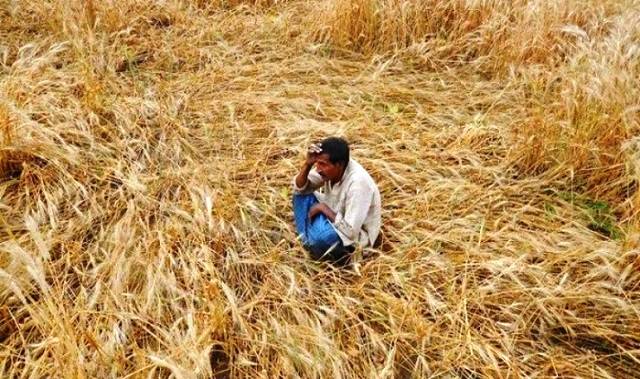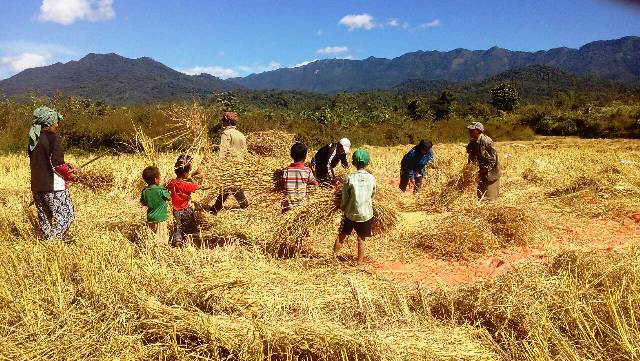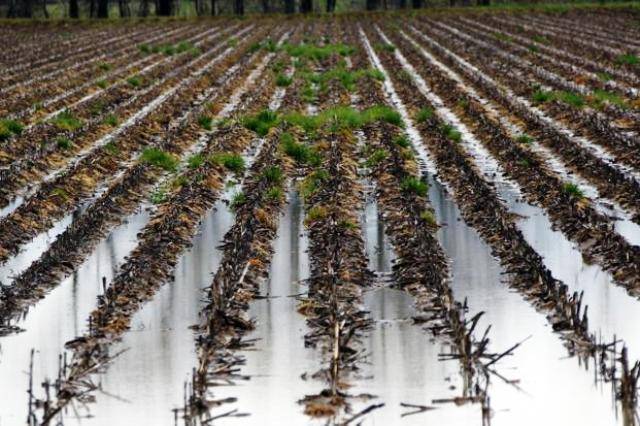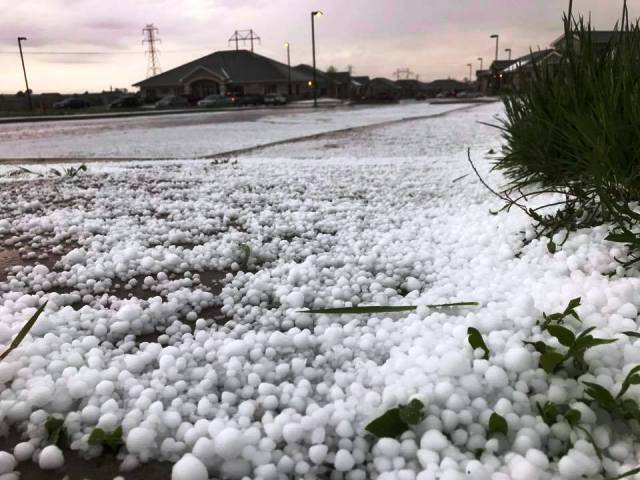
According to the Food and Agriculture Organization of the United Nations (FAO), one-third of all food produced in the world is lost or wasted before people consume it. This equals a loss of 750 billion US dollars annually. Not only this, but crop losses threaten the entire food production chain.
Here we will talk about the challenges that farmer’s face and the methods to stop crop loss.
Challenges & Methods to Protect Crop Loss:
1. Sowing:
Challenge: Climate and weather
Farmers are battling extreme weather in regions around the world. Vietnam, experienced historic drought levels in 2016, which led to record levels of salinity in the fields. These conditions mean crops face poor growth, which often leads to unhealthy crops. This results in crop losses at early stages of development.
Solution: Suitable seeds
Growers need strong seeds that deliver early vigor and high yield potential. Hybrid rice seed varieties perform well to withstand diseases, insect pests and increased levels of water salinity. By using hybrid seeds, Vietnamese rice farmers have already increased yield potential significantly.
2. Pre-Harvesting
Challenge: Crop diseases
Crops compete against 30,000 different weeds. They also battle more than 10,000 species of hungry insects and 3,000 types of nematodes and a broad array of diseases caused by fungi, bacteria and viruses. All of these enemies threaten quality and volume of farmer’s yields.
Solution: Digital farming tools
Along with chemical and biological crop protection control tools, farmers can still harvest the maximum of their crops by using digital tools: Digital farming technology like GPS and sensors, empowers farmers to make a diagnosis of a specific plant disease preventing crop loss from the start.

3. Storage
Challenge: Inadequate storage
Poor storage facilities cause post-harvest crop losses, especially in developing countries. When storage conditions are inadequate, a variety of pests can easily infest stored crops.
Solution: Lower Temperatures
Cooling down the temperature inside the silo helps to reduce the rate of pest reproduction. At the same time, empty granary bins and silos can be treated between batches to prevent infestations. When the grain enters the silo, it can be protected with a suitable insecticide for additional protection.
4. Processing
Challenge: Inadequate Processing Techniques
Crop losses may occur when farm employees sort out crops. Accidents and interruptions during washing, peeling, slicing and boiling also lead to losses.
Solution: Employee Training
Regular workshops for farm employees demonstrate the dos and don’ts of processing crops. According to the FAO, these trainings should include demonstrations of the causes and effects of damage to produce, emphasizing the need for careful handling at all times to avoid mechanical injuries.
5. Logistics/Transportation
Challenge: Non-Refrigerated Transport
Mechanical damage and overheating cause non-refrigerated transport situations, resulting in crop loss.
Solution: Proper Products Preparation
To prevent crop loss during its transportation, export and import requirements for the safe transport of fresh food must be understood and followed strictly. The challenge is preparing the product properly, so that it can withstand long transport times.
6. Sale
Challenge: Over-Cautious Retailers
Among retailers, it’s common practice to throw away food rather than sell it close to its expiration date.
Solution: Discounts
Experts recommend retailers try offering items that are near expiration at a discount. This strategy doesn’t reduce sales and raises customer satisfaction.
7. Household Consumption
Challenge: Food Waste
Consumers may buy more groceries than they can eat and then throw away the food because they can’t eat it in time.
Solution: Freeze Perishable Food
The FAO recommends that if you only eat a small amount of bread, then freeze it when you get home. You can take out slices a few hours before you need them and the bread stays safe to eat.
Other Measures To Stop Crop Loss:
1. Difficulties in Harvesting:
Farmers should know the exact time for harvest as harvesting period and the duration affect the quality, durability, transportation and storage of harvested crops. A farmer's ability to successfully harvest and handle his fruits could be the difference between financial success and failure.
Solution:
The goal of good harvesting is to maximize crop yield and minimize any crop losses and quality deterioration. Several guidelines should be followed to ensure that harvest losses are minimum and crop quality is preserved during harvest operations including harvest time, method, duration and postharvest processes.

There are 4 Harvesting Systems that are used by the farmers all over the world:
-
Manual system includes the use of traditional tools (hand cutting, hand threshing, animals for trampling).
-
Manual harvesting with machine threshing, combination of manual and machine power.
-
Machine harvesting with machine threshing and possible use of manual power.
-
Combine harvesting in which all harvesting operations are done with combine, no need for manual power. It's the most efficient tool, results in the lowest losses but it's expensive and requires large field areas.
2. Changing Climate:
Too much or too little rain: The frequency of occurrence of droughts and floods is increasing which is affecting farmers very badly. Un-seasonal rains, Hail storms or cyclones affect the crops and the farming infrastructures very badly.
Droughts: they can occur early, mid-season, or at harvest time and are very damaging.

Solution:
(a) Construction of farm ponds and rainwater harvesting:
About 5 to 10% of the farmland must be used for digging farm ponds where rainwater is collected during heavy rainfall. The rainwater can be used for supplementary irrigation for crops suffering from drought at critical growth stages, saving the crops and stabilizing the productivity. You can also grow fish in the ponds. Pond water can also be used for raising some animals.
(b) Mulching:
The space between crops can be covered with a 2–3 inch layer of dry crop residues (natural mulch) to conserve soil moisture. Plastic mulch can be used to conserve moisture and to prevent weed growth.
(c) Mixed or inter-cropping:
Planting 2 or 3 crops in the same field at the same time is an insurance against adverse weather. Even if one crop fails, other crops will produce some yields.

2. Floods:
Solution: Seasonal, gradual flooding can be managed by
-
Ridges and furrow system of farming: Furrows drain the excess water into a pond or other structure and the water can be used for irrigation later.
-
Raised bed and furrow system of farming: Crops on raised beds are lees affected by flooding and the furrows help drain the excess water quickly into a pond for later use.
-
Deep drains along lower edge of the field: This will help drain the excess water into a pond or into the soil.
In all these cases, the groundwater will be recharged for pumping later.

3. Un-seasonal rains:
Solution:
Chemical spray can be used to minimize the damage, but it is neither very effective nor affordable.
Heavy rains during flowering will interfere with pollination of flowers that produce the grains or fruits or vegetables.

4. Hailstorms:
Solution:
Covering the crops with some material is effective. Live wind breaks with a row of bamboo or other suitable plants can be used to protect the crops against strong winds.
Some Astonishing Facts By FAO:
-
Globally, 1.3 billion tonnes of food or 33% of all food produced for human consumption is lost or wasted each year.
-
In developing countries, 40% of losses occur at post-harvest and processing levels, while in industrialized countries more than 40% of losses happen at retail and consumer levels.
-
Almost half (45%) of the fruits, vegetables, roots and tubers produced are wasted. These crops have the highest waste rates of any food.
















